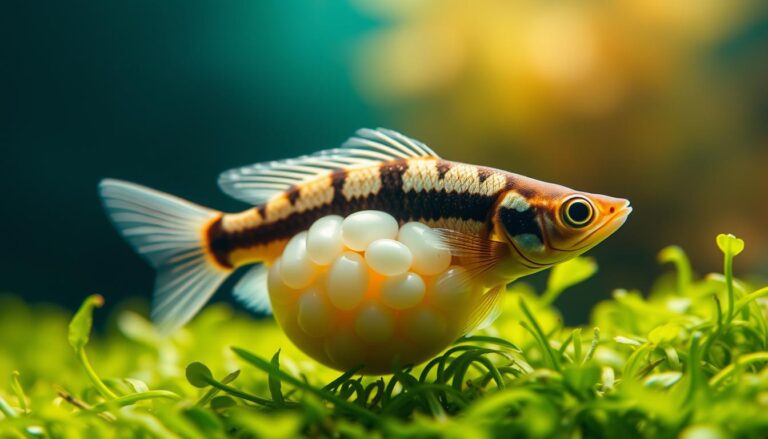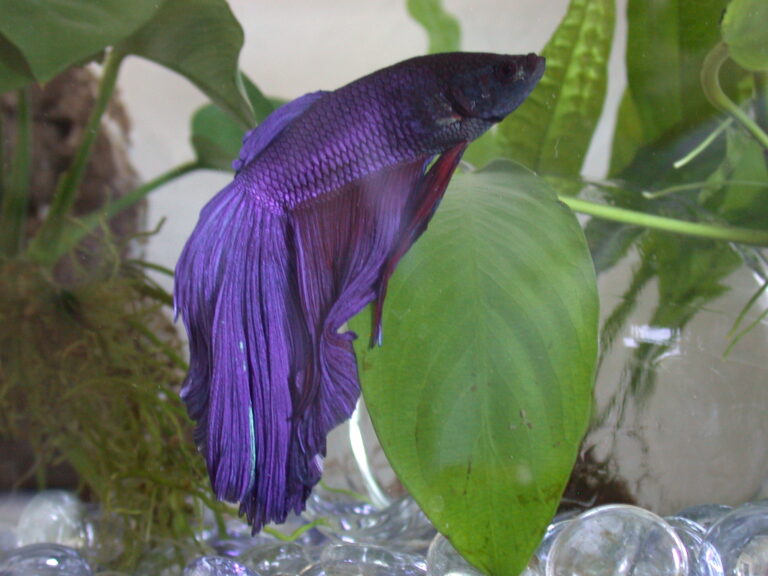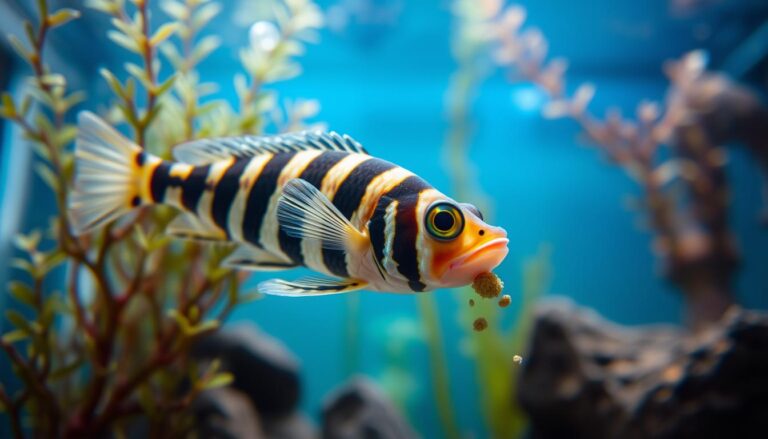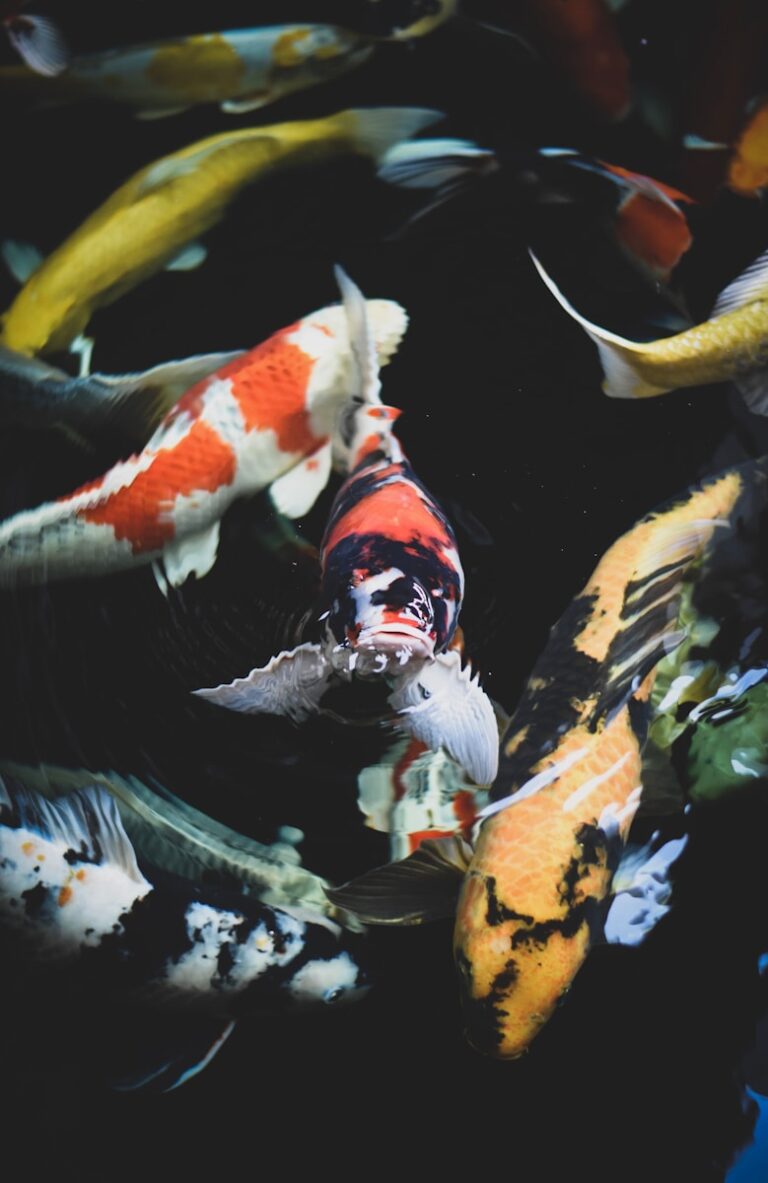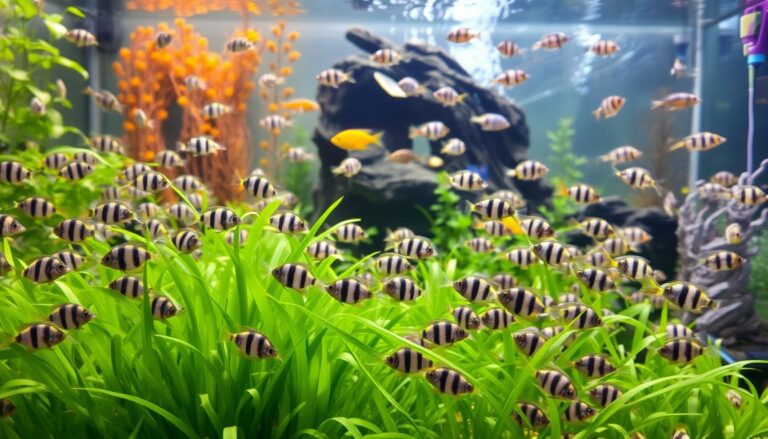What Do Zebra Danios Eggs Look Like? A Comprehensive Guide to Identification and Care
Discover the fascinating world of zebra danios breeding with our comprehensive guide on identifying their eggs. ever wonder What Do Zebra Danios Eggs Look Like? This article delves into the unique characteristics of zebra danios eggs, including their size, color, and distinguishing features, making it an essential resource for aquarium hobbyists and aspiring breeders. Learn about the breeding process and essential care tips to ensure a successful hatch, enhancing your aquarium experience.
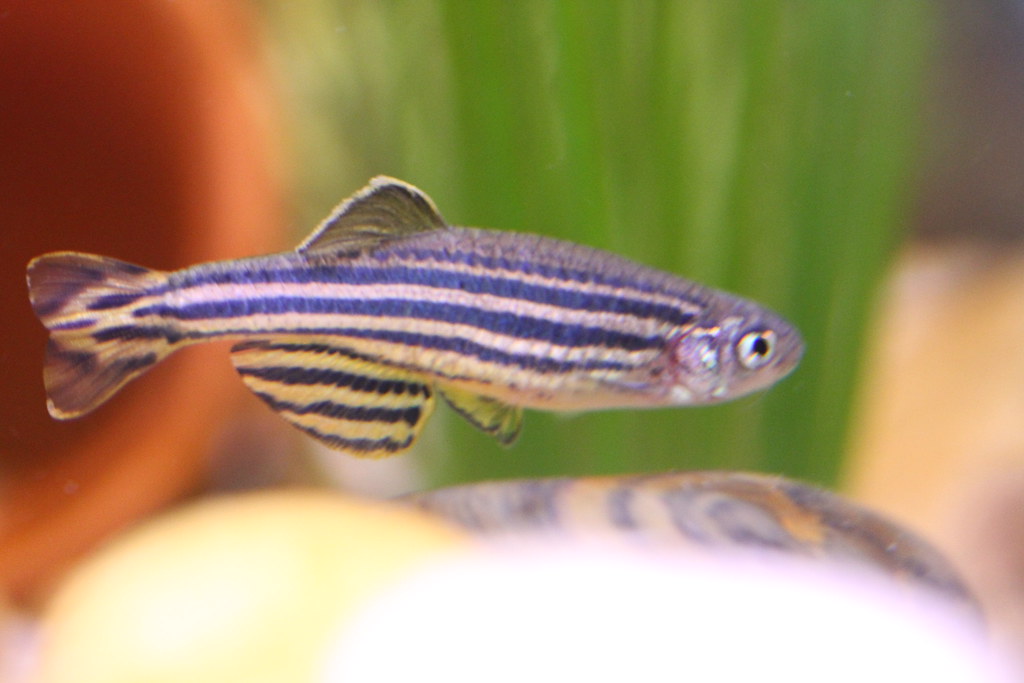
Table of Contents
Understanding Zebra Danios and Their Breeding Habits
Overview of Zebra Danios
Zebra danios (Danio rerio) are small, vibrant freshwater fish that are popular among aquarium enthusiasts. With their striking horizontal stripes and active swimming behavior, they add a lively touch to any tank. Typically reaching about 1.5 to 2 inches in length, these fish are hardy and adaptable, making them an excellent choice for both beginners and experienced hobbyists.
Zebra danios play a crucial role in the aquarium hobby due to their ease of care, compatibility with various tank mates, and their fascinating breeding behaviors. They are known for their playful nature and can often be seen darting around the tank, which makes them a joy to observe.
During the breeding season, male zebra danios become particularly vibrant, displaying brighter colors and engaging in elaborate courtship rituals. These behaviors include chasing the females and performing zig-zag dances, which are essential for attracting a mate.
The Breeding Process of Zebra Danios
To successfully breed zebra danios, certain ideal conditions must be met. A breeding tank should be set up with a gentle filtration system and plenty of hiding spots, such as plants or spawning mops, where the female can lay her eggs. The water temperature should be maintained between 76°F and 82°F, and the pH level should be slightly acidic to neutral (6.5 to 7.5).
Mating rituals typically occur in the early morning hours, with females laying eggs while males chase them, fertilizing the eggs as they are released. Spawning can happen multiple times a week, with females capable of laying hundreds of eggs during each session.
What Do Zebra Danios Eggs Look Like? Identifying Zebra Danios Eggs
Physical Characteristics of Zebra Danios Eggs
Zebra danio eggs are small, round, and sticky, measuring approximately 1 to 1.5 mm in diameter. They are translucent, allowing you to see the developing embryo inside, which can be a fascinating sight for any aquarium enthusiast. The eggs can vary in color, often appearing pale yellow to clear, depending on their maturity.
The texture of zebra danio eggs is smooth, and they tend to adhere to surfaces in the breeding tank, such as plants or spawning mops. This stickiness is a key feature that helps them stay in place until they hatch.
Distinguishing Zebra Danios Eggs from Other Fish Eggs
When identifying zebra danio eggs, it’s essential to distinguish them from the eggs of other fish species. Unlike the larger, more opaque eggs of species like the bolivian ram, zebra danio eggs are significantly smaller and more transparent.
Key identifying features include their size, shape, and the sticky texture that allows them to cling to surfaces. A common misconception is that all fish eggs are similar; however, the unique characteristics of zebra danio eggs make them relatively easy to identify once you know what to look for.
Caring for Zebra Danios Eggs
Setting Up the Ideal Environment for Hatching
Creating the right environment for zebra danio eggs is crucial for successful hatching. The breeding tank should have stable water conditions, including a temperature range of 76°F to 82°F and a pH level between 6.5 and 7.5. Regular water changes and monitoring with an aquarium water volume calculator can help maintain optimal conditions.
Using spawning mops or fine-leaved plants can provide a suitable surface for the eggs to adhere to. Additionally, ensuring good water quality is vital, as poor conditions can lead to egg fungus or other complications.
Monitoring and Maintaining the Eggs
As the eggs develop, it’s essential to monitor their health. Healthy zebra danio eggs will appear clear with visible embryos, while unhealthy eggs may turn white or cloudy. Protecting the eggs from potential threats, such as adult fish or debris, is crucial during this stage.
Hatching typically occurs within 2 to 3 days, depending on water temperature. Once the fry emerge, it’s important to remove the spawning mops or any adult fish from the breeding tank to prevent them from eating the newly hatched fry.
After What Do Zebra Danios Eggs Look Like?
Raising Zebra Danio Fry
Initial Care for Newly Hatched Fry
After hatching, zebra danio fry are extremely small and require special care. They can be fed with finely crushed brine shrimp flake food or even hard-boiled egg yolk, which provides essential nutrients for their growth. It’s crucial to ensure that the fry have enough space to swim freely, so a dedicated fry tank is recommended.
Common challenges in fry care include maintaining water quality and preventing overfeeding. Regular water changes and monitoring ammonia levels will help keep the environment safe for the growing fry.
Transitioning Fry to Adult Care
As zebra danio fry grow, they will go through several growth stages. It’s essential to monitor their development closely and introduce them to the main tank once they reach about 1 inch in size. This transition should be gradual to minimize stress.
To ensure healthy development, provide a varied diet and maintain stable water conditions. Regularly check for signs of disease or stress, and address any issues promptly to promote a thriving community tank.
What Do Zebra Danios Eggs Look Like?
Zebra danio eggs are small, round, and sticky, measuring approximately 1 to 1.5 mm in diameter
Conclusion
In summary, understanding zebra danios and their breeding habits is essential for any aquarium hobbyist looking to enhance their experience. By identifying zebra danio eggs and providing the right care, you can successfully breed these fascinating fish. We encourage hobbyists to engage in breeding zebra danios, as it can be a rewarding and educational experience. For further reading and support, consider exploring online resources or joining local aquarium communities, such as those found in aquariums west palm beach, to connect with fellow enthusiasts.

